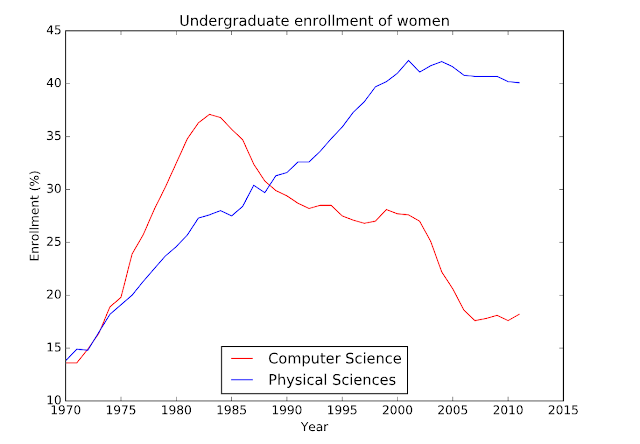Stop Watch The Game- Interactive Python 2

This is another exercise in Python 2 using the simplegui library from Rice University. The description of the challenge is as follows: "Our mini-project for this week will focus on combining text drawing in the canvas with timers to build a simple digital stopwatch that keeps track of the time in tenths of a second. The stopwatch should contain "Start", "Stop" and "Reset" buttons....Finally, to turn your stopwatch into a test of reflexes, add to two numerical counters that keep track of the number of times that you have stopped the watch and how many times you manage to stop the watch on a whole second (1.0, 2.0, 3.0, etc.). " This is my version. I have two scree shots. Both games show the counter in milliseconds, the interactive Stop Watch and the score -which is in Red in the upper right corner of the canvas (stop watch). The score shows "successful stops" / "attempts".









